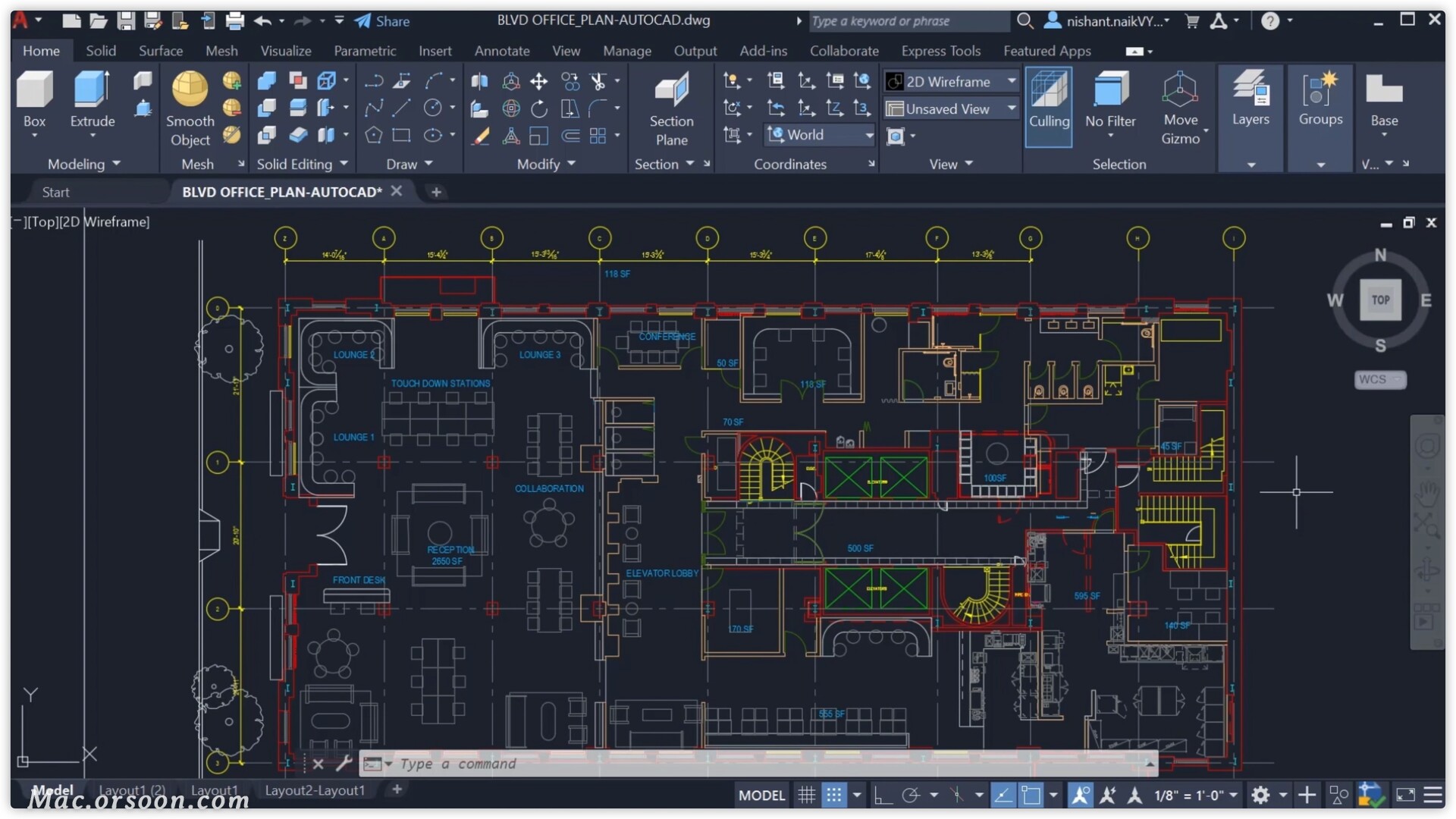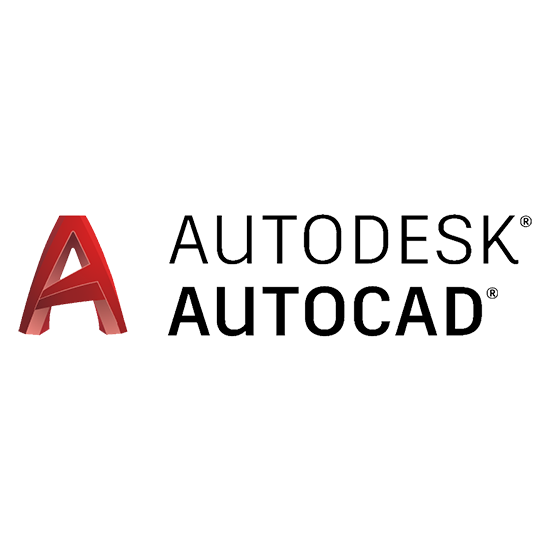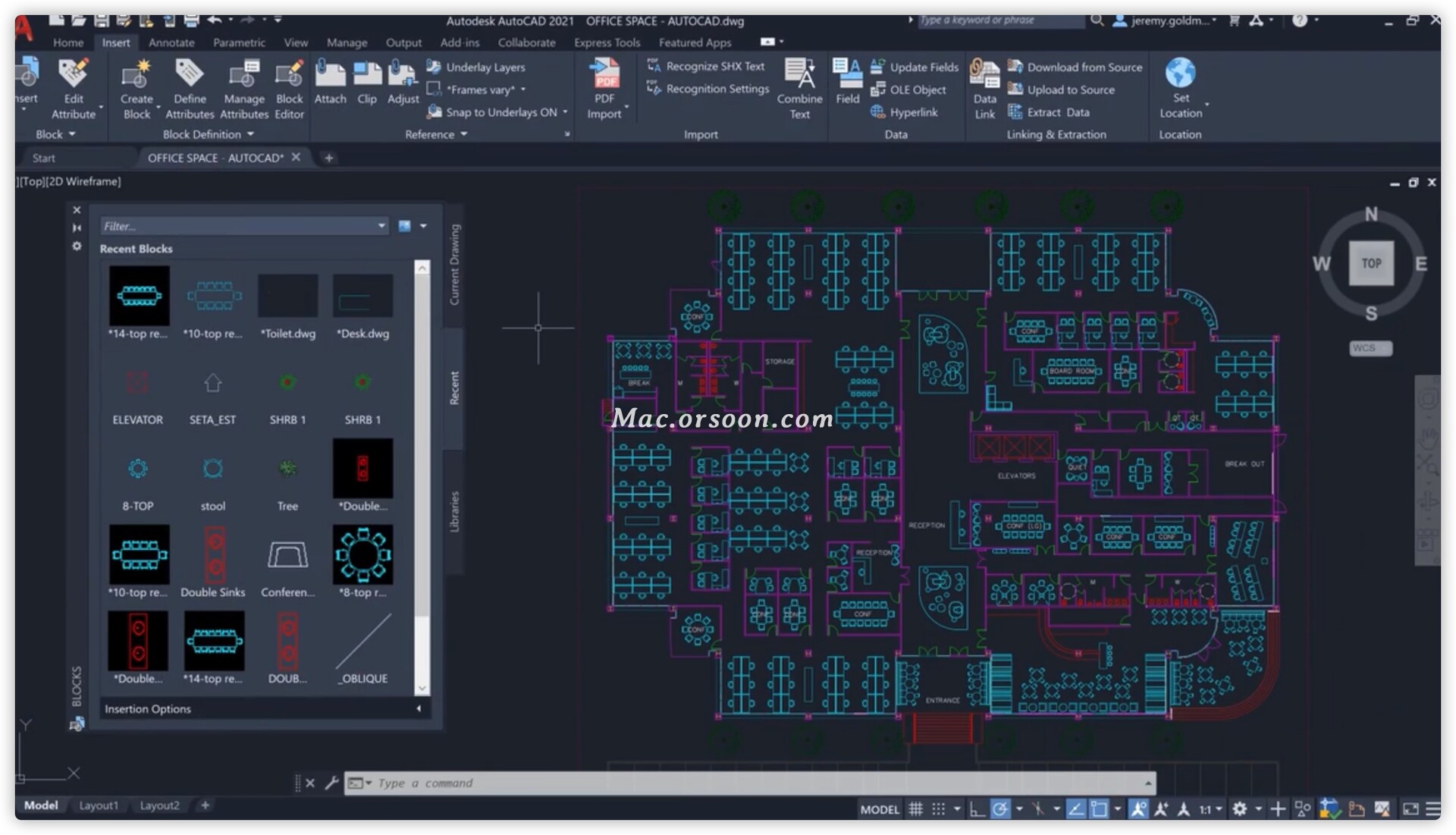


hiding all but the ambient color choice for simple 2D line symbols).Ī new material, “Gooch”, was added. The technique handling in the gooch material widget was improved to avoid showing settings that have no effect in a particular context (e.g.

Triangles, Lines, InstancedPoints, etc.), and the material is only offered when it’s compatible with the required technique. Now material classes can indicate which rendering techniques they support (e.g. This improves the QgsAbstractMaterialSettings API, by:Īdding icon support for registered material types (for use in the material selector combo box).Īdds support for handling different rendering techniques to QgsAbstractMaterialSettings. This feature was developed by Lutra Consulting (Vincent Cloarec)įurther improvements for material handling were introduced, and a Gooch shading model was added. When the map canvas does not have temporal navigation enabled, the identify results contain only information about the active dataset groups which have static datasets defined in the mesh properties dialog. Displays nothing if the dataset group is not temporalĬoordinate of the snapped vertex (if one is snapped)Ĭenter of the snapped edge (if one is snapped) Time step of the dataset that is displayed (can be different than the time of the temporal controller). There is also other information displayed, including: The active dataset groups (scalar and eventually vector) are first displayed, then the other dataset groups. The identify tool has been adapted when used on mesh layers and now displays the dataset value corresponding to the current time of the temporal controller for all dataset groups. This feature was developed by Nyall Dawson This feature was funded by Kanton Solothurn The following images illustrate the “Align dash pattern to line length” change in action, with yellow lines indicating the true start and end position of the line features being symbolised. It’s designed to better represent the underlying geometry while rendering dashed lines, especially for jagged lines.
Autocad for mac server path mapping automatically full#
Tweak dash pattern at sharp corners: If checked, this option dynamically adjusts the dash pattern placement so that sharp corners are represented by a full dash element coming into and out of the sharp corner. These options include:Īlign dash pattern to line length: If checked, the dash pattern lengths will be subtly adjusted in order to ensure that when a line is rendered it will end with a complete dash element, instead of a gap element or partial dash element. Options have been added to allow the tweaking of dash patterns to allow more control for improving the rendered quality of line symbols. A complete list of current sponsors is provided below - our very great thank you to all of our sponsors!Īdd options to dynamically tweak dash pattern in simple line symbol layers ¶ Sponsoring QGIS helps us to fund our regular developer meetings, maintain project infrastructure, and fund bug fixing efforts. If you would like to become an official project sustaining member, please visit our sustaining member page for details.

A current list of donors who have made financial contributions large and small to the project can be seen on our donors list. QGIS is supported by donors and sustaining members. From the QGIS community, we hope you enjoy this release! If you wish to donate time, money, or otherwise get involved in making QGIS more awesome, please wander along to QGIS.ORG and lend a hand! We would like to extend a big thank you to the developers, documenters, testers, and all the many folks out there who volunteer their time and effort (or fund people to do so) to make these releases possible. We are pleased to detail some of the additional highlights of this new release below. These are a few of the improvements that have been introduced from this release, and users of the previous LTS will find a massive number of new features available since 3.10. This release brings a wealth of new options for 3D mapping, mesh generation from other data types, additional spatial analysis tools, symbology and user interface enhancements to name but a few! A host of tools have been incorporated into the ever-expanding processing framework, and the QGIS browser now supports advanced database interaction functionality that was previously reserved for the DB Manager plugin. Another great day for the QGIS project! The new long term support release brings a wide range of features to both QGIS Desktop and QGIS Server.


 0 kommentar(er)
0 kommentar(er)
